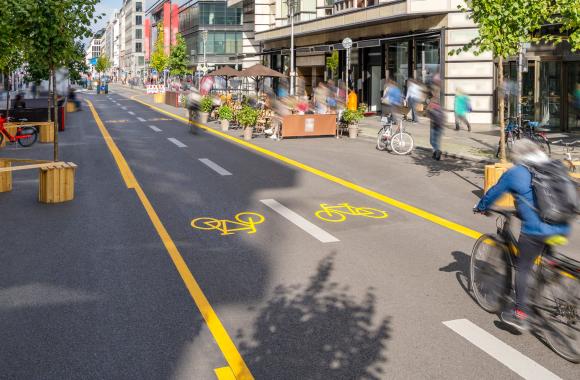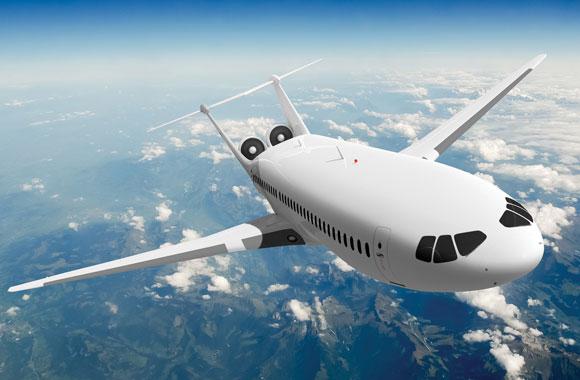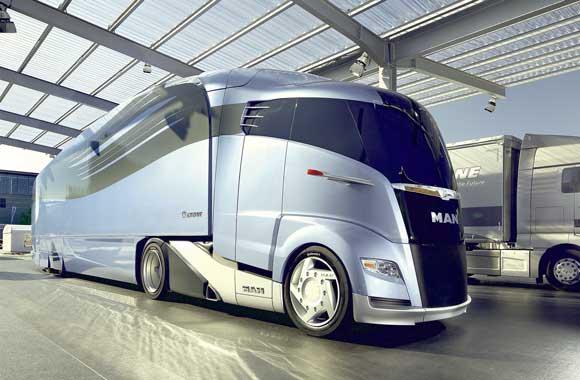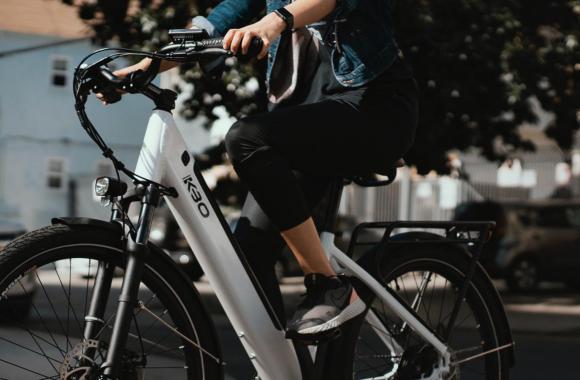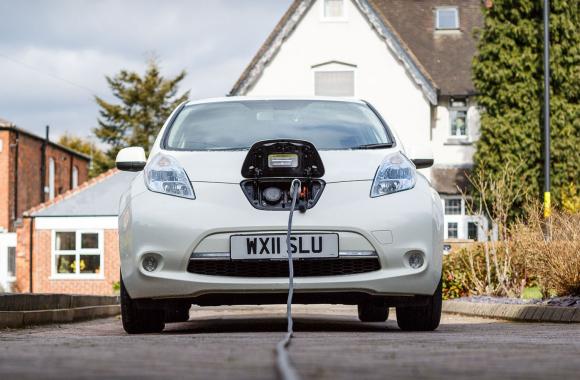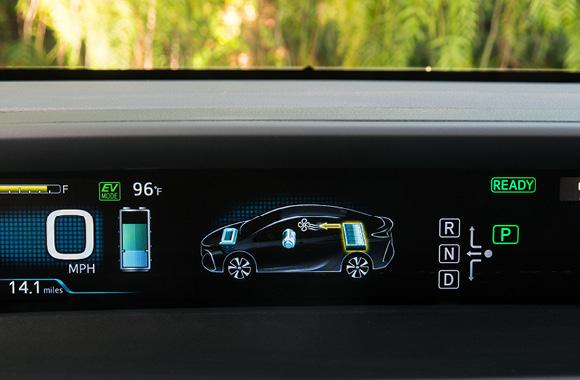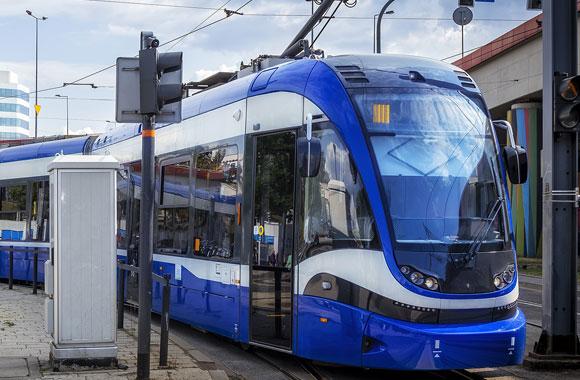Carpooling
When people share rides in passenger vehicles through ride-sharing or similar practices, they can reduce greenhouse gas emissions per traveler.
Reduced/Sequestered
2020–2050
To Implement
Operational Savings
Impact
We assume that urban car occupancy can rise from an average of 1.57 persons per vehicle in 2018 to 1.71 or 1.94 by 2050. Carpooling has no implementation costs and can reduce emissions by 9.6 to 11.07 gigatons of carbon dioxide while saving US$7.40–9.18 trillion in operating costs.
Introduction
Project Drawdown defines its Carpooling solution as sharing car trips by adding more passengers in order to reduce individual or societal costs per traveler. This includes all interpretations and implementations that increase vehicle occupancy for any car-based mobility (e.g., dynamic ridesharing, commuter carpooling, and high-occupancy vehicle lanes). It replaces single-occupancy driving in the urban realm.
On a global average, cars carry 1.57 persons per trip. Increasing occupancy can decrease the amount of fossil fuels needed for transportation and so, greenhouse gas emissions. Implementing or stimulating carpooling includes use of high occupancy-vehicle (HOV) and high occupancy-tolling (HOT) lanes, HOV priority parking, and shared taxis. Ride-hailing systems often are used as single user taxis, which doesn’t increase car occupancy; however the shared version of these services (UberPOOL, Lyft Shared Rides, etc.) can increase occupancy if well implemented.
We expect carpooling to increase around the world as changing policies, demographics, and technologies make it more feasible and desirable. Increasing the number of passengers per vehicle can have a significant impact on reducing emissions from transportation.
Methodology
This analysis compares carpooling trips with single-occupancy car trips. A fully adopted carpooling trip is considered as three passengers (not counting the driver) sharing a trip.
For modeling purposes, we assumed that each car trip either has one or three passengers. We used data on car sharing and average car occupancy to estimate urban vehicle trips worldwide. We estimated current global car occupancy at 1.57 persons per trip (ICCT, 2012) which would indicate 29 percent current adoption of carpooling (defined as the amount of functional demand supplied by the solution in 2018, with 2014 as the base year).
We assumed that changes to car occupancy result from policy changes and a cultural shift that embraces sharing of trips and is partly supported by technology that reduces stigma and perceived safety issues. We used annual increases to reach occupancy targets for 2050; foreach year, we used the average occupancy to estimate the number of trips that have fully adopted carpooling compared with those that are single occupancy.
Total Addressable Market
We estimated the total addressable market for carpooling as the total passenger-kilometers of urban travel globally after all other transportation-related drawdown solutions (e.g., Walkable Cities, Bicycle Infrastructure, Public Transit) have been adopted. The total addressable market for carpooling was 27.8 trillion passenger kilometers in 2014. It is lower for more aggressive scenarios than for the other transportation solutions because cars are used less.
Adoption Scenarios
We calculated impacts of increased adoption of carpooling from 2020 to 2050 by comparing two growth scenarios with a reference scenario in which the market share was fixed at current levels.
- Scenario 1: Global average car occupancy grows linearly from 1.57 to 1.71. Adoption is 13.95 trillion passenger-kilometers (38 percent of the total addressable market).
- Scenario 2: Global average car occupancy grows linearly from 1.57 to 1.94. Adoption is 16.67 trillion passenger-kilometers (50 percent of the total addressable market).
Financial Model
We allocated no first costs to adopting carpooling. However, we included a per-passenger-kilometer operating cost decrease of 67 percent because the maintenance and fuel (and for electric vehicles, electricity) costs per passenger-kilometer decrease (an additional person weighing 75 kilograms in a typical 1,800-kilogram car increases the total weight transported by less than 4 percent, so wear and tear and fuel usage do not change much with more people). The price of fuel came from an average of International Energy Agency (IEA) Energy Prices data from 2007 to 2018. The electricity grid prices came from more than 500 data points from several countries.
Integration
As mentioned earlier, the total addressable market assumes that all more sustainable solutions are adopted first. A second major element of integration involved the other car solutions (Electric Cars, Hybrid Cars). As adoption of these vehicle types increased, the effects of carpooling declined because these vehicle types are more fuel-efficient than exclusively internal combustion engine vehicles. Similarly, as carpooling adoption increased, the impacts of electric vehicles and hybrid cars declined. We used the same car inputs (emissions factors, fuel economy, etc.) across all Transport sector models.
Results
All monetary values are presented in 2014 US$.
Scenario 1 results in a total reduction of 9.06 gigatons of carbon dioxide equivalent greenhouse gases. The net first cost to implement is 0 and the lifetime net operational savings are US$7.40 trillion.
Scenario 2 shows a reduction of 11.07 gigatons of emissions and US$9.18 trillion in lifetime net operational savings with a 0 net first cost to implement.
Discussion
The more aggressive scenarios have smaller car markets because they assume higher adoption of solutions such as Public Transit and Electric Bicycles leading to much less need for car travel.
In this way, carpooling is a backup solution for the global transition to clean transportation. If we transition to non-car travel with a healthy expansion of walking, biking, and public transit, carpooling will have a relatively small impact on greenhouse gas emissions. If we don’t, carpooling can help reduce emissions and other externalities in the car-based system.
In emerging economy countries, carpooling has been popular for financial reasons. In many countries in Africa, Latin America, and the Caribbean, taxi sharing has been around for decades as a way to reduce costs for travelers and allow drivers to adapt to market demand (Powers, 2015). However, with rising incomes, car ownership has been rising worldwide, and this is likely to lead to less carpooling. Overall, the world is moving away from, rather than toward, carpooling.
There is hope, however. Changing urban policy, a growing acceptance of sharing trips by younger travelers partly for environmental reasons, a growing movement for Mobility as a Service , and projections from the scientific community of the need for shared mobility to avoid gridlock in an era with self-driving cars all will help carpooling grow.
References
ICCT (2012) Global Roadmap Model v1.0, www.theicct.org, accessed 1 September, 2017.
McKenzie, B. (2015). Who drives to work? Commuting by automobile in the United States: 2013 (American Community Survey Reports No. ACS-32) (p. 28). US Census Bureau. Retrieved from https://www.census.gov/library/publications/2015/acs/acs-32.html
Powers (2015). What Trinidad could teach Uber and Lyft, https://www.ozy.com/opinion/what-trinidad-could-teach-uber-and-lyft/60356/
Vittert (2019). Uber’s data revealed nearly 6,000 sexual assaults. Does that mean it’s not safe? http://theconversation.com/ubers-data-revealed-nearly-6-000-sexual-assaults-does-that-mean-its-not-safe-128689
What You Can Do
Invite a friend, neighbor, or colleague to share a ride to a mutual destination.
Encourage your employer or school to offer parking or other incentives for carpoolers. If they already do, spread the word.
- Expand your knowledge by exploring another Drawdown solution.
Co-benefits
Carpooling reduces fuel consumption, lowers emissions, improves air quality, and alleviates traffic congestion.


